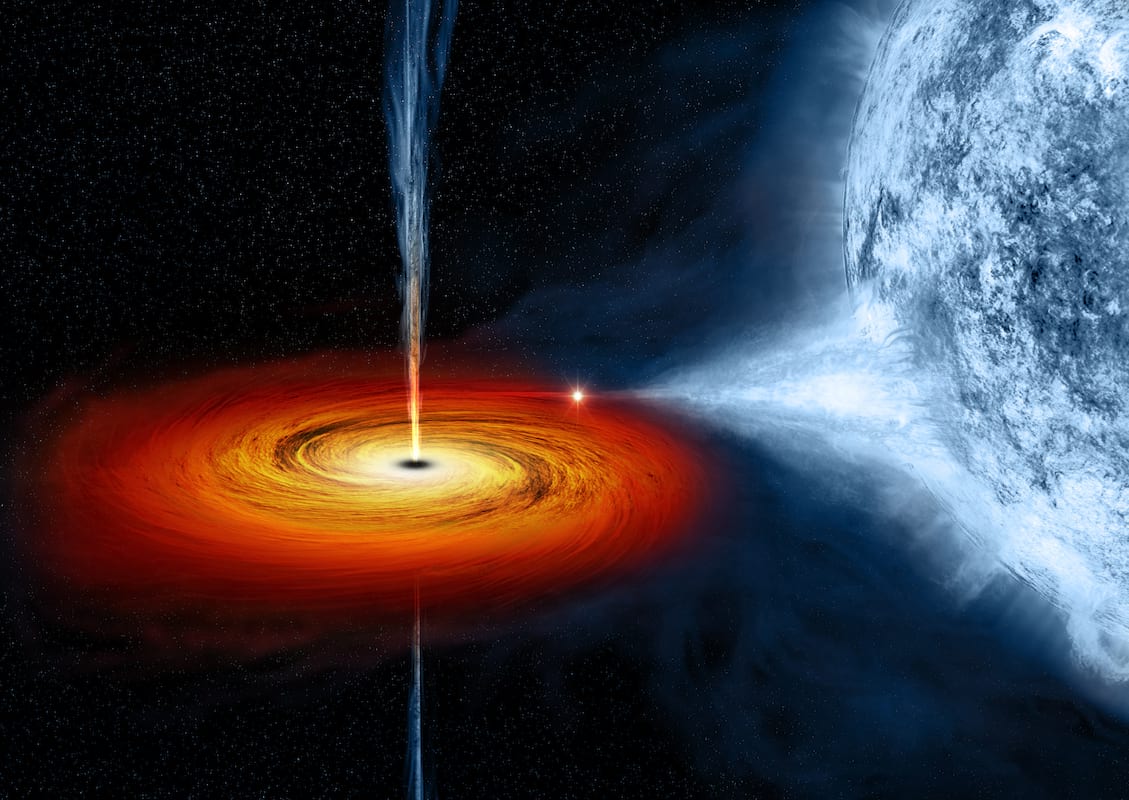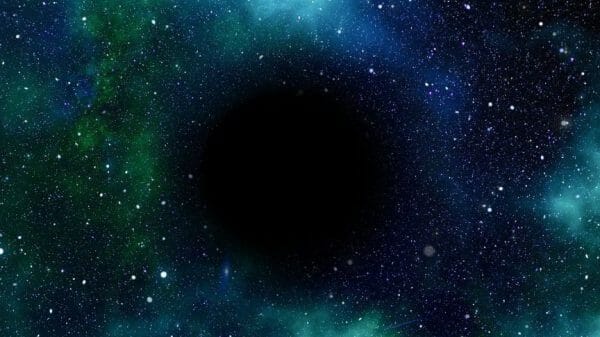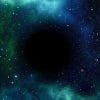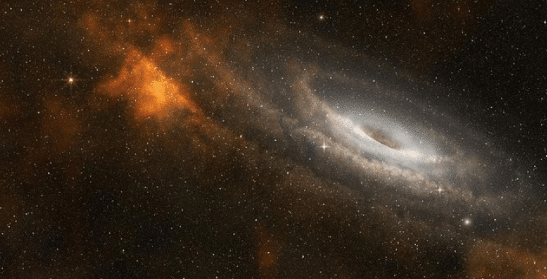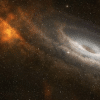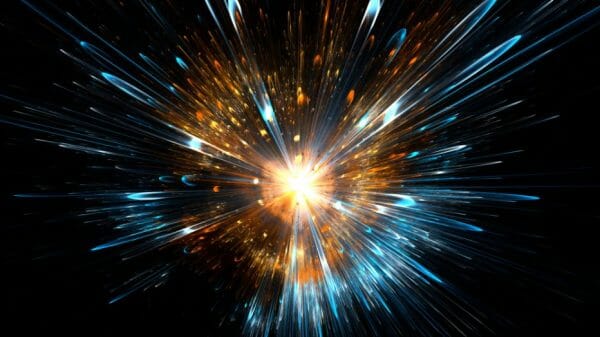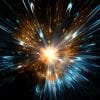In the ever-expanding realm of cosmological wonders, scientists have embarked on a journey that might just rewrite the laws of physics as we know them.
Hold onto your intellectual hats, because we’re delving into the fascinating world of black holes and the cosmic speed limit that’s got scientists buzzing with excitement.
Black Holes: Where Gravity Bends Reality
Picture a place where gravity is so potent that even light, the universe’s ultimate speedster, succumbs to its clutches. These enigmatic regions of space, aptly known as black holes, have puzzled astronomers and physicists for decades. Imagine two of these cosmic giants locked in an intricate gravitational dance—a tango of attraction that could end in a celestial collision or a cosmic rebound.
The Quandary: How Fast Can They Go?
Enter the crux of the matter—a question that’s set two ingenious scientists on a path to cosmic discovery. When these gravitational partners in crime decide to part ways, what’s the maximum speed they can achieve? Our duo of physicists delved deep into the cosmic puzzle, unveiling their revelations in the esteemed “Physical Review Letters.”
Prepare to be astounded: the cosmic speed limit for recoiling black holes has been pinpointed at an astonishing 63 million miles per hour. To put this into perspective, that’s a staggering 17,500 miles per second, akin to challenging the speed of light itself. If you’re picturing Earth’s orbit, it’s like zooming around the planet in a mere 1.4 seconds.
Bending Reality with Einstein’s Genius
Carlos Lousto, one of the masterminds behind this cosmic revelation, is enthusiastic about the implications. A professor of mathematics and statistics at the Rochester Institute of Technology, Lousto envisions a paradigm shift in our cosmic understanding. This discovery, he insists, could have repercussions that ripple across the entire spectrum of existence, from the smallest subatomic particles to the grandest galaxies.
Lousto and his partner employed the profound principles of Albert Einstein’s general relativity to concoct a symphony of cosmic simulations. Imagine these simulations as cosmic dance rehearsals—1,381 in total—where each black hole pair twirled, spun, and waltzed through their gravitational choreography.
Beyond the Speed Limit: Cosmic Enigmas Await
Now, let’s tread into the cosmic unknown. What if we happen upon black holes that flout this cosmic speed law, hurtling through space at speeds surpassing 63 million mph? Brace yourself, for this could potentially usher us into a new frontier of physics, where the rules of the cosmic road take unexpected turns.
Such a discovery wouldn’t be unprecedented in the annals of scientific history. Recall moments when scientific understanding was transformed by unforeseen revelations—this could be one of those pivotal moments. Our current understanding of the cosmos holds secrets yet to be unveiled, signaled by anomalies like elusive particles, curious cosmic expansion, and perplexing phenomena.
Peering into the Cosmic Abyss for Answers
In our quest to unravel the universe’s mysteries, astronomers and physicists are setting their sights on black holes that challenge this newfound speed limit. It’s an opportunity to gather more clues about the cosmic playbook. Imre Bartos, a distinguished physics professor at the University of Florida, illuminates the possibilities. Could nature, in its infinite wisdom, be hinting at deviations from our existing understanding of black holes?
Intriguingly, this pursuit might not only redefine our comprehension of black hole dynamics but also spark the emergence of a novel realm of physics, complete with its own set of rules and phenomena. As we peer into the cosmic abyss, watching for black holes that defy our newfound speed limit, we might just find ourselves at the precipice of uncovering the universe’s most tantalizing secrets.
The Cosmic Riddle: Awaiting Further Revelations
So, my fellow cosmic adventurers, fasten your mental seatbelts. The universe, in its boundless complexity, has granted us a peek into its hidden intricacies. The black hole speed limit, a seemingly straightforward concept, has thrown open the doors to uncharted territories of physics. This revelation isn’t merely a numerical discovery; it’s a doorway to reimagining the very fabric of our reality.
With every simulation, every observation, and every moment of cosmic discovery, we inch closer to comprehending the enigmas that lie beyond the twinkling stars. As science continues its quest to decode the universe’s secrets, we’re reminded that the cosmos is a stage where each discovery is a spotlight on the intricate dance of existence itself.


